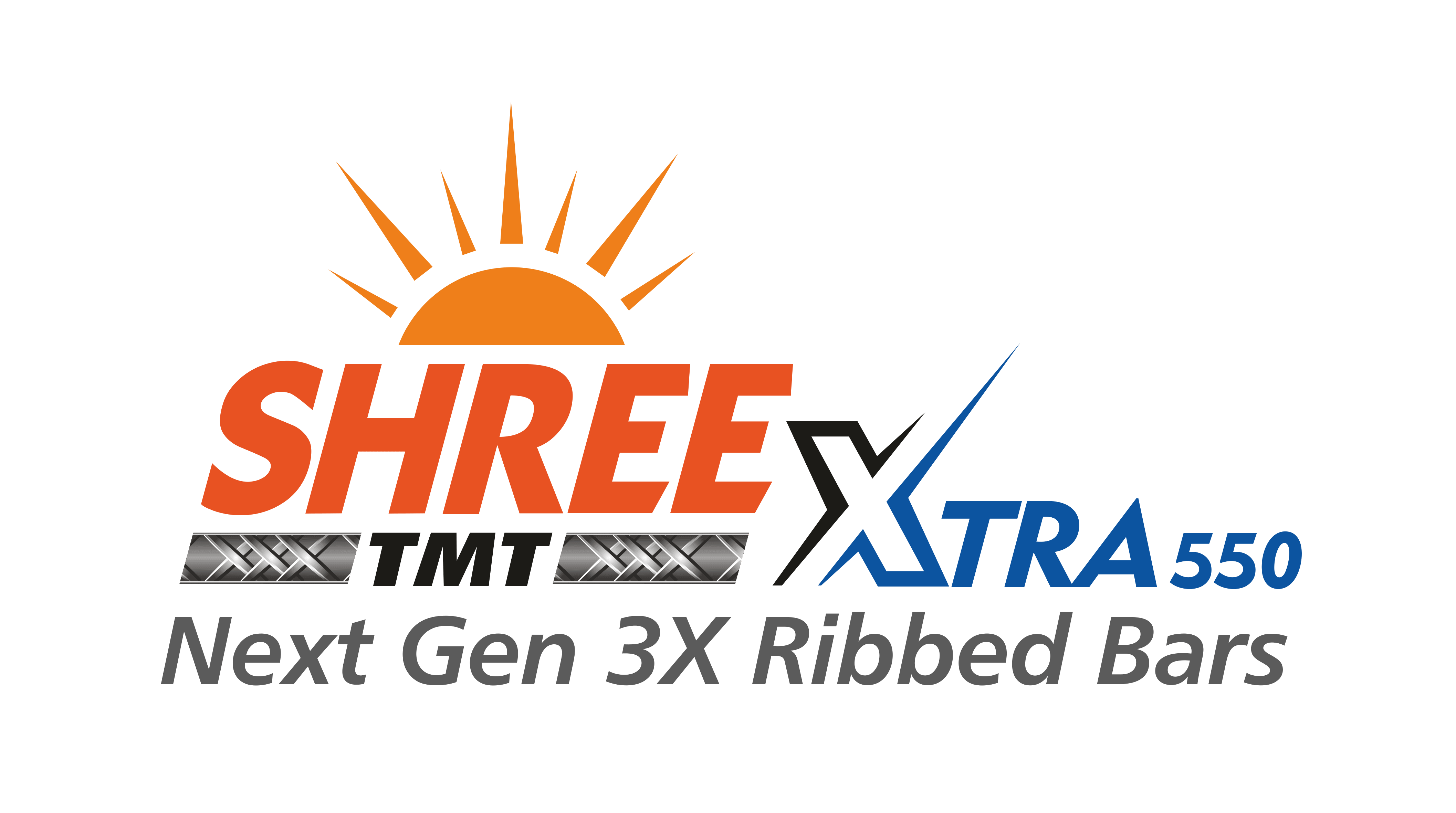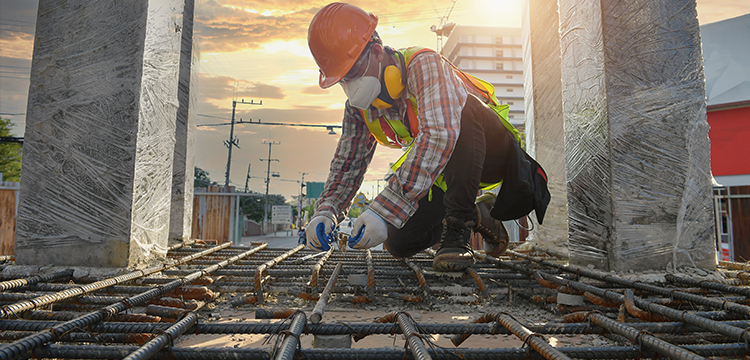3+ Types of Foundations in Building Construction
In construction, a foundation is the key that forms the bedrock to support and anchor a building or other structures to the ground.
It serves to:
- Distribute the load of the building safely into the soil or rock beneath, ensuring stability and preventing settlement or movement.
- Keep the moisture and water out of the structure.
Foundations are typically constructed below ground level and come in various types, each suited to different soil conditions, building designs, and structural requirements.
Following are a few types of foundations in construction:
These are divided into 2 categories of construction foundation types:
Shallow Foundations
These are a type of foundation that transfer the load of a structure to the soil near the surface. These house foundation types are further classified as:
- Strip Foundations: Strip foundations, also known as continuous foundations, are one of the most common types used in construction. They consist of a continuous strip of concrete, typically reinforced, that supports the load of a wall or a line of closely spaced columns. Strip foundations are suitable for light to medium loads and are often used in buildings with uniform soil conditions, preferably with large bearing capacity.
- Raft Foundations: Raft foundations, also called mat foundations, are designed to evenly spread the load of a structure over a large area, reducing the pressure on the soil. They are commonly used in areas with poor soil conditions. Raft foundations are characterized by a thick concrete slab that extends over the entire footprint of the building, like a raft, providing stability and support.
- Pad Foundations: Pad foundations, also known as spread footings, are used to support individual columns or posts. They are square or rectangular slabs of concrete that spread the load from the column over a larger area of soil. Pad foundations are commonly used in structures with isolated columns or in situations where strip or raft foundations are not feasible.
Deep Foundations
These foundations are structural elements that penetrate deeper into the ground to reach more stable soil or rock layers. They are used when shallow foundations are not feasible due to weak or unstable soil conditions, or when the building loads are exceptionally heavy. Their types include:
- Pile Foundations: Pile foundations are used when the soil at the construction site has low bearing capacity and is not strong enough to support the structure or when the load needs to be transferred to deeper, more stable layers of soil or rock. Pile foundations consist of long, slender columns/ cylinders created from concrete, called piles, that are driven deep into the ground. These piles can also be made of steel, or wood, depending on the specific requirements of the project.
- Caissons Foundations: Caissons, also known as drilled piers or drilled shafts, are deep foundation elements used to support structures like bridges, buildings, and other heavy structures. They are similar to pile foundations but offer a high level of load capacity. They are large, cylindrical, or box-like structures that are drilled or excavated into the ground and then filled with concrete or sometimes reinforced with steel.
Each type of foundation has its advantages and limitations, and the choice of foundation depends on various factors such as soil conditions, building design, and budget constraints. By understanding the different types of foundations available, builders and engineers can ensure that they select the most appropriate foundation for their construction project, laying a solid groundwork for a successful and enduring structure.

